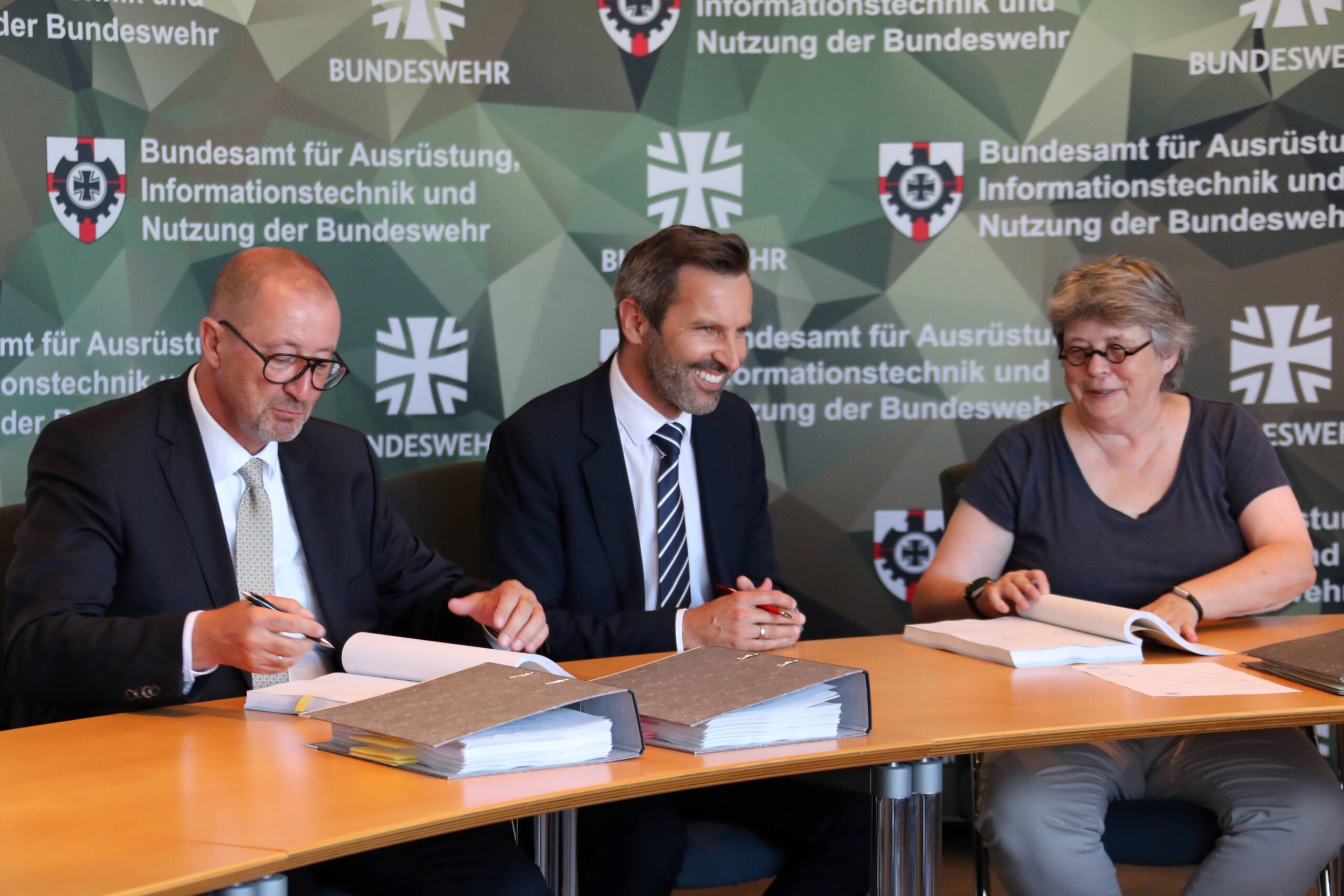LUKAS Hydraulics explores how digitalisation has changed the way in which firefighters must operate, and introduces their new e³ Connect
Digitisation is everywhere – and has changed the way we work and live. Video conferencing has long been common in many professions, the thermostat in the living room can be controlled via cell phone, vacations are increasingly booked on the Internet, and the refrigerator orders milk on its own. Technological change is in full swing. In this context, the collection and analysis of collected data is an area that is playing an increasingly important role. LUKAS is proud to now be the first manufacturer to enter this field with battery-powered rescue equipment and to add a chapter to the evolution of hydraulic rescue equipment.
With our e³ Connect, a new era of rescue equipment is dawning. The LUKAS e³ series was already a groundbreaking advancement when it was released last August, taking the interaction between the tool and the user to a new level that had never been seen before on the market in this form. Our devices were the first in the world to be able to read performance diagnostic data directly from the device, allowing the user to be informed of the device’s status at any time. The new e³ Connect series now goes one step further, taking user-friendliness and device management to a new level. Our new e³ Connect devices are capable of not only displaying performance diagnostic data directly on the device, but also collecting it, and then sending it to our proprietary web-based database – Captium. Captium uses a secure cloud environment to create a platform for connected vehicles that provides complete security and access to analytics, diagnostics, notifications and more. Captium is the industry’s first connected IoT (Internet of Things)-enabled platform designed exclusively for firefighters and emergency responders working in the emergency response field.
Developed after years of research and conversations with fire chiefs, technicians, firefighters, dealers and OEMs (Original Equipment Manufacturers) serving this market, the system helps monitor, control and optimise the use and uptime of various equipment such as fire trucks, rescue equipment and related components on one platform.
Transmission of data
The transfer of data from the devices to the Captium database is completely automatic via WLAN. This is made possible by the WLAN capability of our new e³ Connect devices. All devices of our new e³ Connect series are WLAN-enabled and can be connected to almost any router. Ideally, there is a router on the vehicle on which the devices are loaded, to which the devices connect automatically after use and transfer the data.
The new generation of devices, in combination with our database, offers a variety of advantages for our customers that no manufacturer on the world market has been able to offer so far.
Optimised device management
In the future, Captium will provide our customers with a holistic visual overview of the whereabouts and status of their devices. The so-called Locator, a map like Google Maps, marks on the map the location where the devices last transmitted data and also provides information about the operational readiness of the respective device and enables our customers to react quickly to any malfunctions or failures and thus to make device management much more effective and efficient. For example, devices are shown whether they are ready for use, whether there is a safety warning for the device, whether a regular service for the device is imminent or whether the device has already been taken out of service. Especially for large fire departments that have a centralised, very large organisational and service structure, a system-controlled overview of all registered devices offers great added value. Large organisations such as city fire departments or even large organisations in rural structures can plan the supply of equipment much better than before. The organisations have an overview at all times of how many devices are in use. Accordingly, they can adjust or completely change the equipment allocation. In addition, when evaluating (deployment times, severity cuts) the individual devices, they can see which stations have a higher need for equipment. This is another way to dynamically adjust equipment assignment to the circumstances.
To read the full cover story, please see our latest issue here.
Media contact
Rebecca Morpeth Spayne,
Editor, International Fire Buyer
Tel: +44 (0) 1622 823 922
Email: editor@firebuyer.com








